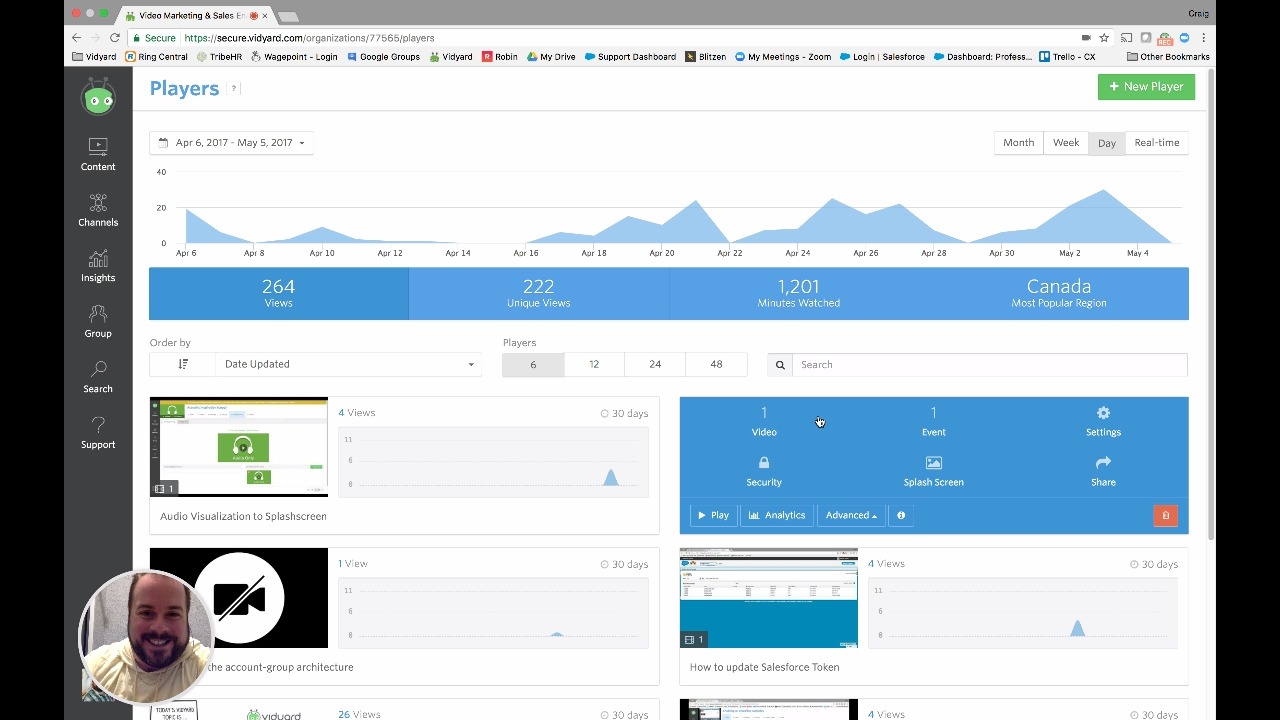To keep up, modern customer support teams are turning to social media, video, and service design for answers. Customers Want Support on Social Customers want support in the most convenient way possible. The less work, the better, and that means more and more support traffic has been migrating onto social media and messaging platforms. Why do consumers and busy professionals find social media and messaging support so attractive? Because it’s easy: they already spend much of their time on mobile and they can get help without leaving these apps. Companies are also incorporating more video into their self-help portals to build out video knowledge bases to educate their customers on-demand, and creating on-the-spot videos to walk users through their issue quickly: To view this video please consider upgrading to a web browser that supports HTML5 Video The goal for companies is, of course, not to abandon customers and force them to support themselves—just the opposite. Brands are charged with improving the experience by making resolution immediate. Forrester finds that only 23 percent of B2B companies claim to have a customer-centric approach and Salesforce finds that only 17 percent of brands have integrated their customer data across their organizations. Good service design appears to be the unifying characteristic among brands who are succeeding at creating great customer experiences. That means launching support on social media and messaging apps, reducing resolution time with video and self-help portals, and uniting the business to create more streamlined customer experiences.
Customer expectations are higher than ever and still rising—buyers in both B2B and B2C want e-commerce-level convenience and they want it instantly, everywhere. To keep up, modern customer support teams are turning to social media, video, and service design for answers.
Customers Want Support on Social
Customers want support in the most convenient way possible. The less work, the better, and that means more and more support traffic has been migrating onto social media and messaging platforms. Social media now accounts for 10 percent of all support traffic, and Twitter alone has seen a 250 percent increase in support traffic over the past three years according to the social care platform, Conversocial. The major social media and messaging platforms from Facebook to WhatsApp have all launched business support options in anticipation of this shift.
Why do consumers and busy professionals find social media and messaging support so attractive? Because it’s easy: they already spend much of their time on mobile and they can get help without leaving these apps. Americans now spend five hours per day on mobile phones and one in five of those minutes on Facebook according to TechCrunch.
Social support is more than a fad—Conversocial finds that 42 percent of consumers now prefer it over all other forms of support. If your brand wants to offer great support, it better become a little more social.
Customers Want Faster Support
Today’s consumers want quick resolution. As Shep Hyken, an expert on customer service and New York Times bestselling author wrote in Forbes, “Great companies don’t put customers on hold for extended periods of time.” And 39 percent of customers expect a response within four hours, according to Fast Company. This puts modern customer service organizations under pressure to find ways to deflect…

COMMENTS